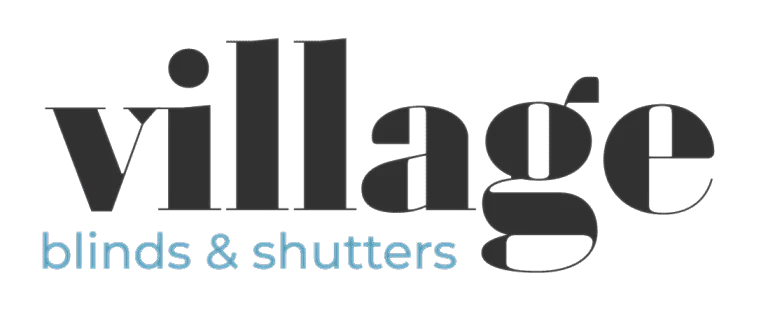1. The Northern Ireland Housing Market in 2023: Price Brackets, Property Types, Regional Variations, and Demand Outlook
In the ever-evolving landscape of the Northern Ireland housing market in 2023, a comprehensive analysis reveals insights into price brackets, property types, regional variations, and the demand outlook. Drawing from authoritative sources, including the Northern Ireland Housing Bulletin – April-June 2023 1, Ulster University Northern Ireland Quarterly House Price Index – Q2 2023 2, Northern Ireland Market Review and Outlook 2023 by Savills 3, and the CoOwnership Self-Build Scheme 4, this article delves into the intricacies of this dynamic market.
2. Price Brackets Show Ongoing Focus on Lower and Middle Segments
During the second quarter (Q2) of 2023, the Northern Ireland housing market witnessed distinct trends in price brackets 1. Notably, 13% of properties sold during this period were below £100,000, marking a slight decrease from the 14% recorded in the previous quarter (Q1 2023). This shift indicates a modest drop in the share of lower-priced sales.
Furthermore, properties sold at or below £150,000 constituted 37% of transactions in Q2 2023, down 1 percentage point from the 38% observed in Q1 2023. In the low-to-middle price brackets, 64% of transactions in Q2 2023 were at or under £200,000, representing a 1 percentage point decrease from the previous quarter.
As we move into the middle-to-upper end of the market, there was a notable decrease in the proportion of properties sold at or below £250,000 by 3 percentage points, settling at 78%, down from 81% in Q1 2023. Transactions below £300,000 accounted for 88% of the Q2 2023 sample, representing a 2 percentage point drop from the 90% observed in Q1. Interestingly, properties sold above £300,000 accounted for 12% of total sales, a slight increase from the 10% reported in the preceding quarter.
This transactional evidence underscores that the housing market’s activity remains predominantly focused on the lower and middle price brackets. However, there was a marginal increase in the share of higher-value sales above £250,000 and £300,000 during the second quarter of 2023. Overall, the distribution across price bands remained relatively consistent quarter-on-quarter, indicating stable demand across the price spectrum, even amidst wider economic uncertainties.

3. Semi-Detached and Terraced Houses Lead Property Types
The property type distribution is another critical aspect of the Northern Ireland housing market in 2023. In Q2 2023, semi-detached houses continued to be the most common type of dwelling sold, constituting 34% of all transactions, consistent with the figures from the first quarter 1. Terraced and townhouses accounted for 27% of transactions during the second quarter, experiencing a 1 percentage point decline from the 28% observed in Q1 2023.
Detached houses comprised 27% of sales, marking a 1 percentage point increase from the 26% reported in the previous quarter. In contrast, flats constituted the smallest share of activity at 12% of transactions, down 1 percentage point from the 13% reported in Q1 2023. Moreover, the analysis revealed that 11% of transactions in Q2 2023 were related to new builds, marking a 1 percentage point increase from the 10% observed in the first quarter 1. However, it’s important to note that this figure remains below the long-term average of 22% since 2016.
Furthermore, the average price of new builds experienced a slight increase to £252,341, representing a 1.4% rise from Q1 2023. This overall property type distribution aligns with wider housing stock profiles and remains consistent quarter-on-quarter
4. Regional Price Changes Reflect Local Supply-Demand Factors
One of the striking aspects of the Northern Ireland housing market is the divergence in price changes across various regions. An analysis of the 11 Local Government Districts (LGDs) reveals that eight areas recorded quarterly price increases during Q2 2023 relative to the prior quarter, while three areas saw declines.
Derry City and Strabane experienced the most significant price growth, with a remarkable 9.6% increase. This was followed by Ards and North Down (+5.1%), Armagh City, Banbridge, and Craigavon (+5.1%), Antrim and Newtownabbey (+4.2%), and Mid and East Antrim (+2.5%). In comparison, more modest quarterly increases occurred in Belfast (+2.1%), Newry, Mourne, and Down (+1.7%), and Mid Ulster (+0.5%).
On the other hand, some LGDs reported declines in property prices. Fermanagh and Omagh experienced a notable decrease of -5.7%, followed by Causeway Coast and Glens (-3.4%) and Lisburn and Castlereagh (-2.4%). These variations in LGDs reflect the local supply-demand balances and the nature of housing stock transacting in each district, illustrating the nuanced nature of the market.
5. Affordability Squeeze Impacting Demand Outlook
Turning our attention to the demand side, the latest statistics reveal that new mortgage lending in Northern Ireland experienced a significant 13% year-on-year drop in Q1 2023 1. This drop provides compelling evidence of a softening appetite for property purchases as the cost of financing increases. Survey data from estate agents further underscores this trend, with 47% of agents reporting reduced enquiries during Q2 2023 compared to previous quarters.
The market’s demand outlook is undeniably influenced by an affordability squeeze, with constrained supply being a pivotal factor underpinning these dynamics. A substantial 58% of agents noted a drop in new property instructions during Q2 2023. However, 53% of them felt that pricing held steady over the quarter, which can be attributed to the limited availability of properties, effectively propping up values

6. New Build and Self-Build Activity Facing Challenges
In the segment of new build and self-build activities, the Northern Ireland housing market confronts a unique set of challenges and opportunities. During Q2 2023, new build homes accounted for 11% of all residential transactions, showing a marginal increase from the 10% share observed in Q1 2023 1. However, this figure still falls below the long-term average of 22% since 2016, indicating that developer activity remains somewhat subdued.
Construction firms are grappling with serious impacts resulting from inflationary pressures, which have led to increased costs and project risks. These inflation-related cost escalations pose significant challenges for developers and necessitate creative solutions to continue providing affordable housing options.
Additionally, the number of new dwelling starts recorded in Q1 2023 was the lowest for several years, with just 1,361 starts compared to 1,906 starts in Q1 2022. Industry surveys also report a slowing demand for new homes along with buyers postponing reservations due to economic uncertainty 1. These factors are likely contributing to builders delaying potential projects.
For individual self-builds, rising material and labour costs have added tens of thousands to budgets in many cases. Prospective self-builders also face financing challenges as mortgage lenders have tightened criteria and interest rates have increased.
However, demand for self-build remains robust in Northern Ireland due to affordability compared to buying existing houses. Going forward, policy support and access to finance will be key to boosting output from small-scale builders and self-builders to help improve the housing supply. Initiatives like the CoOwnership self-build scheme are positive steps.
7. Gradual Cooling Anticipated But Major Correction Unlikely
In summary, the Northern Ireland housing market is likely to see continued cooling during the second half of 2023. Moderating demand due to affordability pressures will translate into marginal price declines, but limited availability of properties for sale will prevent a more pronounced fall. Urban centres will fare better than rural regions, with local supply-demand balances driving variable conditions. The market faces headwinds from rising rates and broader inflation but should stabilise barring any severe economic shocks.
8. References
- Northern Ireland Housing Bulletin – April-June 2023 ↩ ↩2 ↩3 ↩4 ↩5 ↩6 ↩7
- Ulster University Northern Ireland Quarterly House Price Index – Q2 2023 ↩
- Northern Ireland Market Review and Outlook 2023 – Savills source) https://pdf.euro.savills.co.uk/ireland-research/market-in-minutes/northern-ireland-research/northern-ireland-market-review-and-outlook-2023-compressed-(1).pdf
- CoOwnership Self-Build Scheme https://www.co-ownership.org/↩









